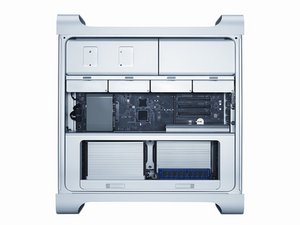Do I need metal graphic for iMovie
Hi everyone,
I have Mac Pro 3,1 and I install macOS Monterey (patched), everything look OK (except BT - but I know about hits issue) but when I try run iMovie it's crashing :( I know that I need Metal graphic card for Final Cut Pro, Motion 5 and Compressor 4 but do I need it for iMovie as well ? Currently I have only HD4870.
Thanks a lot for your time guys.
Bu iyi bir soru mu?


 7
7  9
9 
 971
971
19 Yorum
@roboscrap
What version of iMovie are you trying to run?
I believe different versions need different specs:-)
HelloMacOS tarafından
last version in macOS Monterey
Rob tarafından
@roboscrap
I don’t think you need a metal graphics card for iMovie as one of my friends has a non metal MacBook Pro and it runs iMovie just fine
Can you tell me the specs of your machine so I can get a better idea of where the issue may be:-)
HelloMacOS tarafından
It's old Mac Pro 3,1 :)
Rob tarafından
@roboscrap
What cpu and ram?
You can find this information by clicking on the apple logo and then clicking on about this mac
HelloMacOS tarafından
14 tane daha yorum göster